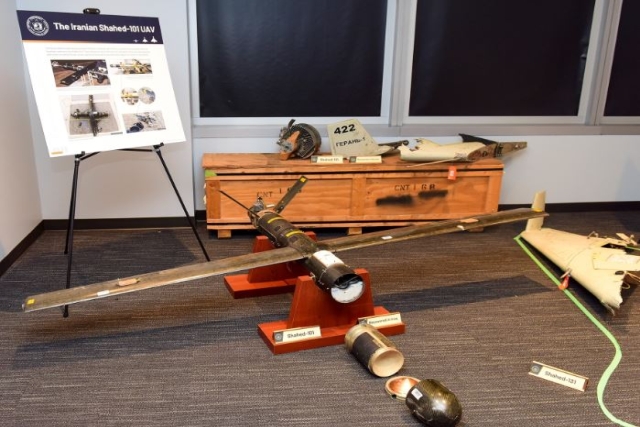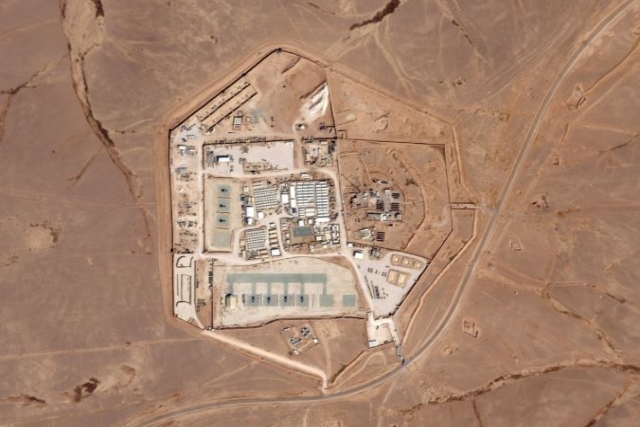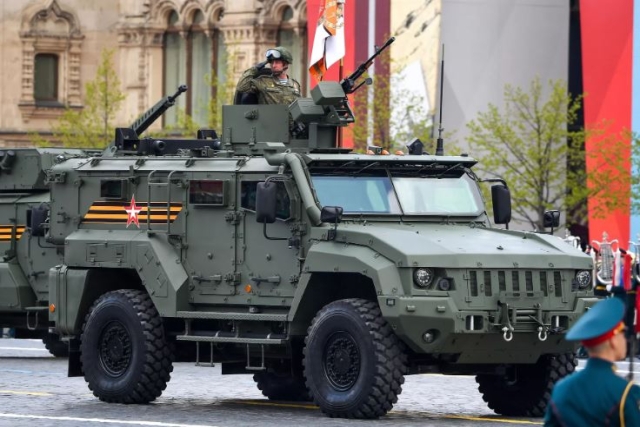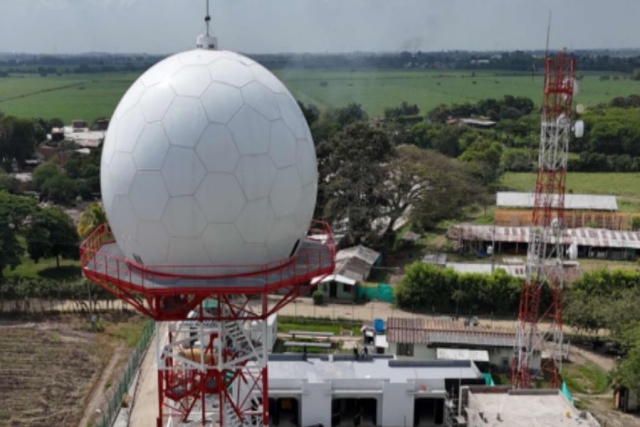Did Iran-backed Militia Exploit U.S. Drone Traffic to Cause Deadly Attack?
U.S. air defenses accidentally downed their own drone near Jordan, tragically colliding with an enemy UAV flying simultaneously in close proximity.

The Iran-backed militia accused of orchestrating the deadly drone attack on a U.S. base in Jordan may have exploited a gap in American drone traffic management around the base.
The U.S. military routinely operates reconnaissance drones around the base. However, on Sunday, the militants' drone managed to breach anti-drone defenses by launching at the same time a U.S. reconnaissance UAV was returning to the base.
The U.S. military base "Rubkan" in Jordan fell victim to a devastating drone attack, resulting in the tragic loss of three servicemen and injuries to 37 others. According to Pentagon sources cited by The Wall Street Journal, an Iran-backed militia exploited a potential gap in American drone traffic management around the base. The report added that American air defense systems mistakenly shot down their own drone as the enemy UAV approached the Rukban camp in Jordan. Both drones were airborne simultaneously and in close proximity, leading to the tragic incident.
Despite White House statements hinting at an "unprecedented response," the United States has not yet announced a definitive reaction to the attack. Washington seems hesitant to engage in direct conflict with Iran, but signs of preparation for a substantial air operation are evident with the deployment of several KC-135 Stratotanker air tankers to the Middle East.
An analysis of the situation by “Russian Arms” telegram channel suggests that the absence of "friend or foe" transponders on some U.S. UAVs and a lack of an effective reflective surface (ERP) similar to the Iranian "kamikaze" drone may have contributed to the failure to repel the attack on the al-Tanf military base in the 55-kilometer security zone in southern Syria.
This incident not only underscores the need for comprehensive drone traffic management but also exposes gaps in the identification systems of U.S. military drones. The erroneous identification of their own UAV as an Iranian kamikaze drone and subsequent interception reveals potential vulnerabilities in the target channel of anti-aircraft artillery and missile systems forming the anti-missile/anti-aircraft barrier over the military base "At-Tanf."
As per OSINT Defender, U.S. Central Command-linked defense officials reportedly suggested sinking the M/V Behshad, an Islamic Revolutionary Guard Corps Command and Surveillance Ship, along with its two Iranian Frigate Escorts in the Gulf of Aden as a response option following the recent One-Way "Suicide" Drone Attack in Northeastern Jordan, where the M/V Behshad has been providing intelligence and targeting support to the Houthi Terrorist Group in Yemen. The drone used in the attacks is believed to be an Iranian-Made Shahed-101, 123, or 131 attack drone.










